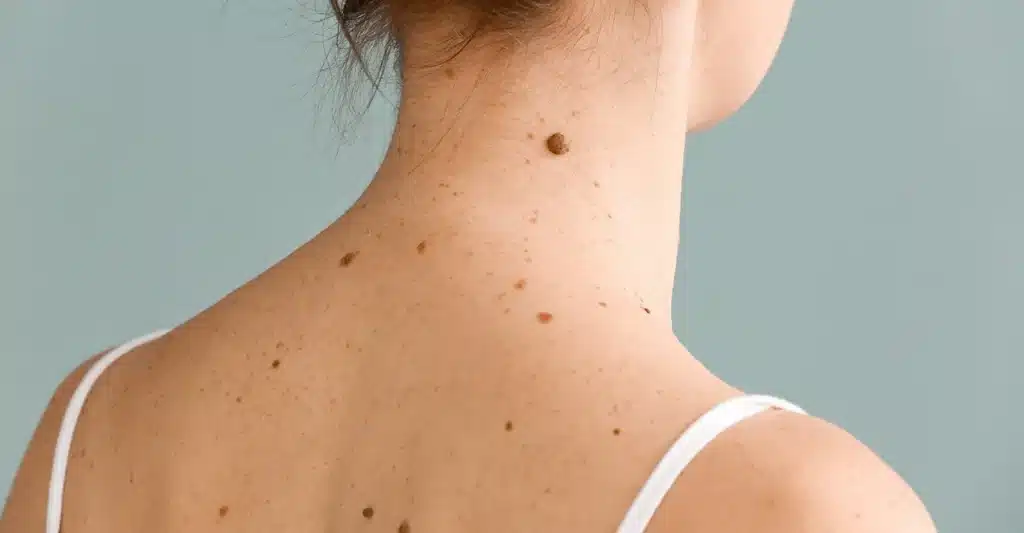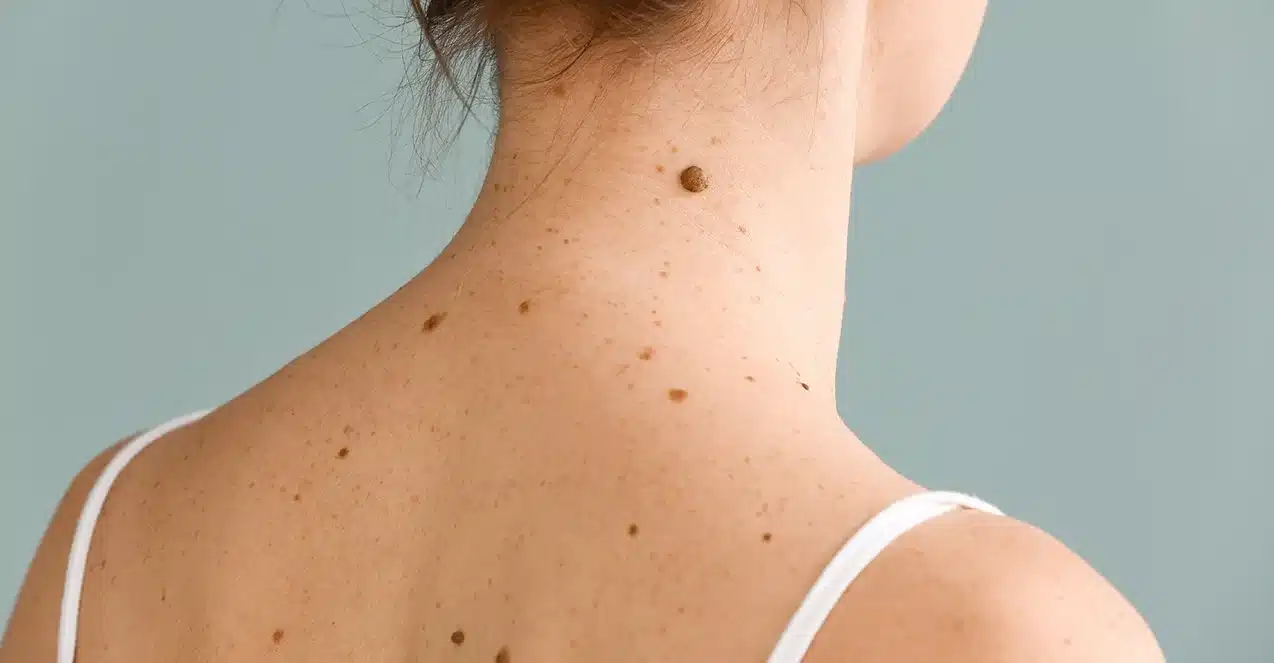
There are a variety of skin lesions that can appear on the body. Typically, skin lesions are benign and do not require medical attention. But identifying new skin lesions can be difficult. If you suspect that you have a lesion, you should see a medical provider for a thorough examination. Here are some common skin lesions and how to treat them. Let’s start with a brief overview. A benign skin lesion is stable, symmetrical, uniform, and grows slowly over time.
Types Of Skin Lesions
A skin lesion can be benign or severe. It can be localized or generalized, solid or fluid-filled. It can be symmetrical or irregular and can range in size, color, and shape. There are many different types of skin lesions, so a diagnosis is critical. Depending on the severity and location of the lesion, a dermatologist may use a variety of treatments. If the lesion is not malignant, he may suggest a surgery or prescribe a medication.
Extreme Environmental Conditions
Primary skin neoplasms are those that have occurred on skin exposed to extreme environmental conditions. Most often, UV-B rays from sunlight are a contributor. The sun’s rays can be especially harmful in areas of the world where there is little to no vegetation. Additionally, water and snow reflect high levels of ultraviolet light, which increases the risk of developing a lesion. The risks of a skin neoplasm can be increased for those who work outdoors.
Depend On Its Cause
Identifying the type of skin lesion is an important step in determining its diagnosis. A thorough physical examination and a thorough medical history will help the physician determine if the lesions are benign or malignant. Certain tests will be performed to further diagnose a skin lesion. The treatment for a skin lesion will depend on its cause. If it’s a benign lesion, no treatment is necessary. Nevertheless, it’s best to visit a dermatologist regularly for continued monitoring.
Extensive Medical History
In addition to a thorough physical examination, a doctor will also perform an extensive medical history. He or she will determine whether the lesion is hereditary or acquired and which type is caused by a genetic condition. A thorough medical history will help the doctor decide the best treatment for the patient. Moreover, the doctor will assess the location of the lesions and compare them to other skin lesions. A person’s family history can provide valuable information about the underlying cause of a skin lesion.
Examination To Diagnose a Skin Lesion
If a skin lesion has infected, it will need to treated. A symptomatic treatment for a lesion that has infected with blood or a fungus will involve puncturing the affected area and draining the infection. If a lesion has suspicious, it has need to be surgically removed. A doctor can also perform a complete cutaneous examination to diagnose a skin lesion. If a lesion has not treated correctly, it may lead to serious complications or even permanent damage.
Common Treatment For Skin Lesions
The most common treatment for skin lesions involves the use of topical medicines. These medications reduce the inflammation in the affected area and protect it. They can also provide relief from pain, itching, and burning caused by a skin lesion. However, there have some cases in which oral medicines have recommended. It is important to discuss these types of treatment with your doctor before you start using topical products. A medical professional can help you determine what the problem is, and the best treatment for the condition.
Reviewing Your Medical History
A dermatologist can help diagnose skin lesions by conducting a thorough physical examination and reviewing your medical history. A doctor will assess the color, shape, and location of a skin lesion and can also recommend home remedies. In severe cases, a mole that appears on the face or elsewhere on the body should surgically removed. Regardless of the cause, a dermatologist can help you find out the most appropriate treatment. They will also consider the potential risks of a skin lesion.
Diagnosis Of Skin Lesions
The diagnosis of skin lesions begins with a careful physical examination and medical history. A dermatologist may look for a lump that covers a large or small area of the body, or a group of lumps on the same part of the body. The lesion may be painful, or it may be soft or discoloured. If it has not infectious, it should checked with a doctor. In some cases, the skin lesion is benign and requires no treatment.
Getting More Information
Five email marketing tips for your health clinic
Carmela Sievers – He was a Holistic Medicine Doctor
The Life and Career of Call of Duty
Types of Animated Films from many Different Genres
Nezuko And Zenitsu Great 8m | Japanese Manga Series
Mugulu Nage Songs Download | Fruitful playback Singers
The layout of 1betvegas Website is Attractive and Inviting
